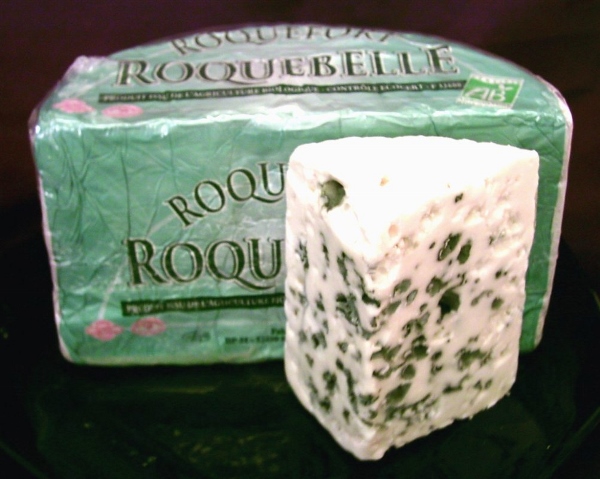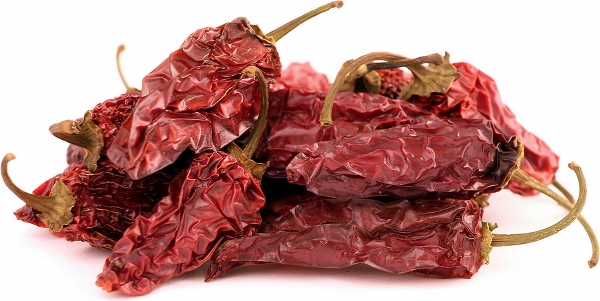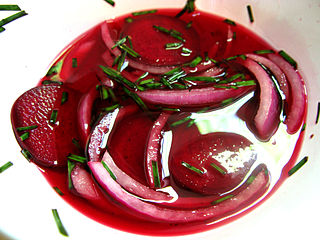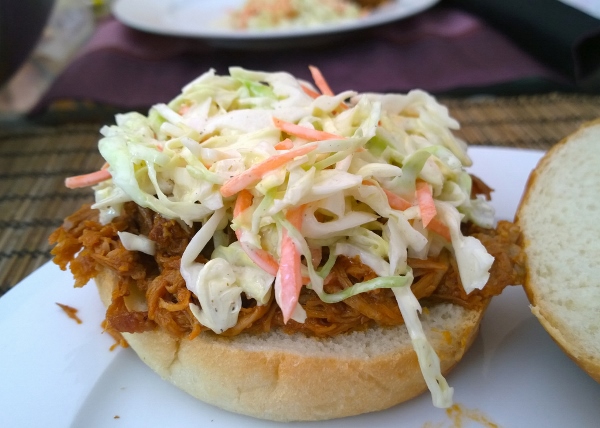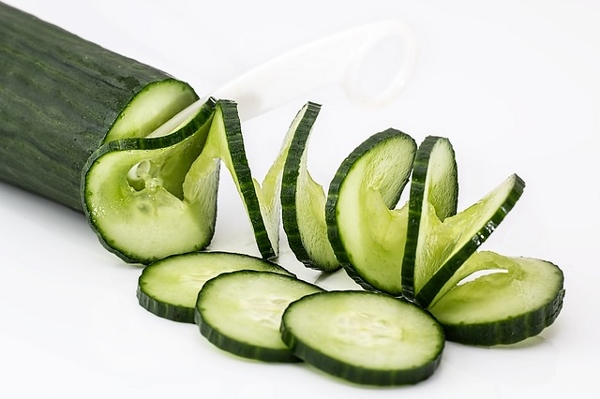This recipe appeared in the article “Mike’s Carolina-style Pulled Pork in Mustard” on the Burn! Blog. Read the entire story here.
Serve with Ketchup-vinegar Barbecue Sauce, recipe here.
Ingredients
1 bone-in Boston butt (pork shoulder)
For the Rub:
1/4 cup sweet paprika
2 tablespoons coarse kosher salt
2 tablespoons granulated sugar
2 tablespoons dark brown sugar
2 tablespoons cracked black pepper
2 tablespoons granulated onion
1 tablespoon granulated garlic
1 tablespoon ground cumin
1 tablespoon ground cayenne pepper
1 tablespoon dry mustard
Instructions
Combine the ingredients in a mixing bowl and stir well to incorporate. This seasoning blend will keep about 2 months if stored in an airtight container.
After rubbing the meat, wrap it with food film and refrigerate it for least eight hours. Bring the meat to room temperature while preparing the smoker.
For this cook, I used a Grill Dome ceramic cooker and a PartyQ draft controller from BBQ Guru. The Grill Dome is excellent in holding temperature while being very efficient in using fuel. The PartyQ is a battery-operated draft controller than will keep your smoker’s temperature exactly where you want it to be without constant monitoring. (Unlike other BBQ Guru controllers, the PartyQ does not monitor meat temperature.)
Fill the Grill Dome firebox three-quarters full with lump char wood and ignite. Add four chunks of apple wood and one cup drained apple wood chips; stabilize the temperature of the Grill Dome at 225 degrees F. Place the pork on the cooking grate over a drip pan.
Close the lid and smoke the pork for three hours. Spray the pork with apple juice and continuing cooking, spritzing every hour, until the pork reaches an internal temperature of 190 degrees F.
When the pork reaches an internal temperature of 190 degrees F., transfer the meat to a clean baking sheet. Tent it with aluminum foil and let it stand for about 30 minutes (the internal temperature will continue to rise to about 195 degrees F., the optimal temperature for pulled pork). When the pork is cool enough to handle, shred it into bite-size pieces. The pork may be cooked one day ahead, shredded, and covered with foil or food film. Unless you like having food poisoning, we recommend refrigerating it.
Place the shredded pork into a large cast iron skillet and cook over medium heat until warmed (this will help remove any residual fat from the pulled pork). Add your favorite sauce and cook until bubbling. Pile the shredded pork onto the bottom of a hamburger bun, top with a healthy dollop of Carolina-style slaw and the second half of the bun.
For a sauce, you could use a Carolina-style mustard sauce or a ketchup-vinegar mixture, like like this recipe.

